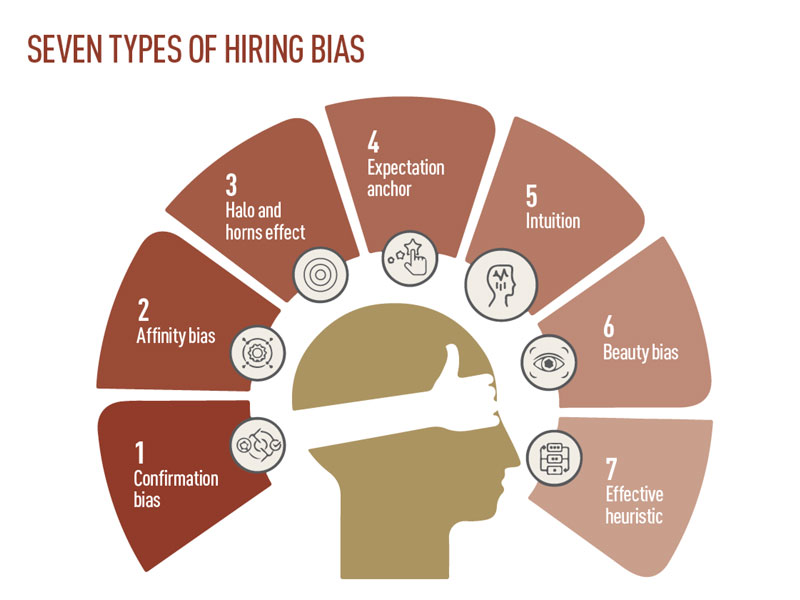
The disruption that began in March 2020, heralding the start of the global pandemic, had knock-on effects that cascaded through the economy, decimating businesses and leading to mass unemployment. The convergence of technology and shifting attitudes in work culture, including, for many, the shift to remote working, has meant that new opportunities for disruption across many industries are coming to the fore. The end-to-end digitisation of many services has marked a transformation not just in the way certain industries work, but also the way in which we go about our daily lives. Now, for a rapidly increasing number of services that we use on a daily basis, we go online. We have, along every step of the way, digitised what can be digitised and removed what has long been a feature of traditional infrastructure, the human component. And that’s good. Isn’t it? Well, if it makes certain processes easier for most, then arguably yes, and providing some of the infrastructure remains to service those who are unable or unwilling to embrace change, then let’s embrace technological change.
New tools for a new age
And I think that’s where we are at currently. We implement AI, machine learning and APIs in order to help us manage the complexities of modern living more effectively. So how can we use these tools to solve something like recruitment? It is an industry that has been struggling to find a firm footing as cultural attitudes shift, and that is because not much has really changed in the recruitment process, not in real terms. A curriculum vitae composed in the 1950s would not look that much different to one composed now.
There are practical ways of reducing bias in the hiring process and I believe they are ripe for digitalisation
This is generally the first point of call for a hiring manager – often sifting through hundreds of them, after which there might be a telephone interview, followed by a lengthier face-to-face interview. Perhaps there is a follow-up interview and then, if the candidate has successfully jumped through all of these hoops, an offer. But is that the right way to hire someone? Is this the most equitable way of deciding who is the best person for the job? Perhaps a shortlist of candidates is, in reality, just a list of the hiring manager’s preferences based on name, gender, where a candidate went to school, and one person’s preconceived ideas about whether or not a candidate will be a ‘good fit.’
Bias in the workplace has been an issue for decades, and it is a real problem, since we are all susceptible to unconscious bias, so there is plenty of opportunity for it to creep in at the recruitment stage. Businesses have long been aware of this problem but haven’t made meaningful strides in addressing it. Instead they have utilised CRM and recruitment agencies, which is great for organising and streamlining hiring as well as reducing some of the workload for human resources by outsourcing the search for viable candidates to a third party. So the next step up the management chain is to establish policies and strategies to tackle unconscious bias.
Under the Equality Act in the UK, it is unlawful to set quotas for members of the workforce possessing protected characteristics such as age, race, religion, sex and disability. Positive action gives employers the power to promote those with protected characteristics provided they are just as qualified as another suitable candidate – but they don’t have to.
And that is how the law handles the problem of positive discrimination, of hiring a less qualified candidate with a protected characteristic to boost diversity.
A recent study published in Harvard Business Review found that creating a longer shortlist ‘increased the proportion of female candidates from 15 to 20 percent,’ but while broadening an informal shortlist is one way of approaching the problem of bias in recruitment, is this the best we can do to ensure inclusion and diversity in the workplace?
Solving recruitment
I believe this is why we are at an exciting point in time, because technology has come far enough along to begin to have a real impact and whereas removing the human touch is typically seen as a bad thing, removing unconscious bias from the recruitment process is a problem that is perhaps uniquely suited to a machine. Several start-ups have taken first steps in using technology to ‘solve’ recruitment. They hope that by utilising the cloud, AI and machine learning they can bring about Recruitment-as-a-Service (RaaS), which will radically reimagine the process by which future candidates enter the world of work.
No longer will companies pay exorbitant commission to recruitment agents, they will simply use an end-to-end recruitment service that, with hope, is effective in drastically reducing bias. So what might such a platform look like? Candidates are initially given a short set of standardised questions to assess suitability, before being algorithmically graded based on their answers against an ideal response. Initial over the phone interviews might take place using voice masking to disguise identifying characteristics that, while not relevant to a candidate’s suitability, could introduce bias at an early stage.
There are practical ways of reducing bias in the hiring process and I believe they are ripe for digitalisation. Of course we will all continue to be susceptible to the foibles of our own programming, but perhaps a little quality control on some of our decisions wouldn’t hurt.


